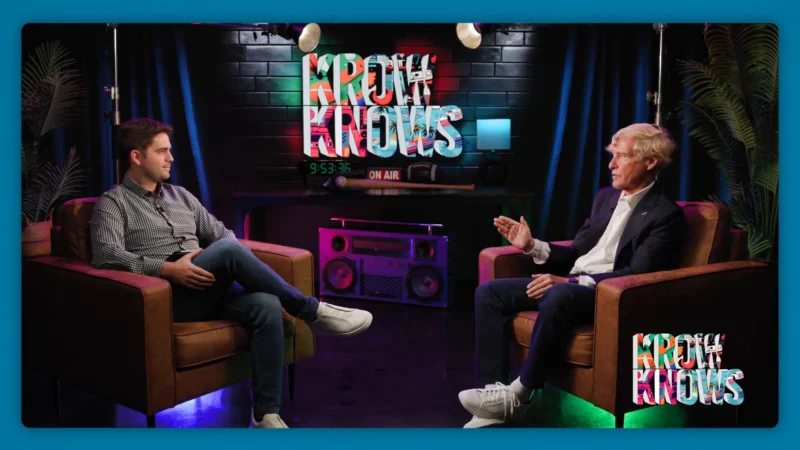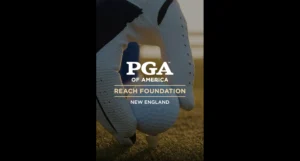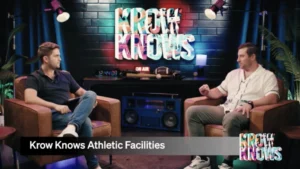XFL Uniform Sponsorships and The Future of Sports Partnerships
In many respects, the professional sports teams of the United States are lagging behind when it comes to players acting as billboards-on-legs – overseas, soccer teams plaster sponsors across the chests of their kits, and European hockey clubs often look a little like that old cooler in your garage collecting “been-there” stickers.
Though the NBA has seen teams adopt jersey sponsorships in the form of minor shoulder patches, the newly christened XFL could be leading the charge toward even greater partnerships.
In fact, the league’s Dallas Renegades took the field last weekend sporting not only the team’s insignia – typically sacred ground – on their helmets, but another logo. Namely, in the rear, lower-left corner of the not-quite-powder-blue lids was an unmistakable ad for Bud Light Seltzer, the beer juggernaut’s newest offering.
Though the Renegades are alone among the XFL’s eight clubs when it comes to uniform sponsorships (at least for the time being), more will certainly follow.
But is the wider world of American sports – and the granddaddy of them all, the NFL – ready to take the plunge?
The Rising Tide of On-Player Sponsorships
The NFL isn’t lacking for revenue – despite safety concerns and more than a few legal and moral stumbles from players in recent years, the league is still the unquestioned king of American sports.
In fact, by 2027, the league hopes to bring in $25 billion in annual revenue, and the mere fact that the number doesn’t seem farfetched lends credibility to its position at the top of the athletic hierarchy.
However, to meet and exceed that goal, will the NFL follow in the footsteps of its newest little brother by slapping ads on its game uniforms?
The answer, whether old-school, grit-and-mud football-lifers agree or not, seems to be “inevitably.”
Ads already call NFL practice jerseys home, and they’ve been in place there for more than a decade. Though progress hasn’t followed, the NBA’s first-of-its-kind program to allow jersey patches likely moved the needle.
Add in another product – this time on the gridiron, no less – leveraging the tactic, and that needle is likely twitching once more.
It’s estimated that the league’s biggest draws (think Jerry Jones’s pride and joy) could haul in upwards of $20 million a year from a simple patch like the NBA’s, with smaller teams still raking in $5 million or more. The time seems ripe, as well – the league’s current collective bargaining agreement expires after next season, and the parties involved are already trying to iron out a new one.
Despite Potential Progress, Roadblocks Remain
While the decision seems like a no-brainer – you’d probably take $20 million to wear a patch to work – there are still plenty of hurdles to clear.
Sponsor conflicts between clubs could arise if teams are allowed to negotiate their own contracts. If the home team exclusively sells the products of one leading beverage company and the visitors are sponsored by another, what happens?
There’s also the case for overloading the viewer – with so many official sponsorships already on the books, ads inserted into every conceivable break in the action and uniform-maker and in-house patches already living on jerseys, could something as small as one more patch really rock the boat enough to overturn it?
Those questions will continue to linger, though it appears the tide might be turning. For now, keep an eye on those Renegades (and their XFL brethren) for a potential glimpse of the NFL of the future.
—
Click here to find out what it took to convert an MLB stadium into a fully fledged epicenter for football.
For the latest news, videos, and podcasts in Sports & Entertainment, be sure to subscribe to our industry publication.
Follow us on social media for updates in B2B!
Twitter – @MarketScale
Facebook – facebook.com/marketscale
LinkedIn – linkedin.com/company/marketscale








